Chinese Crested Dog Breed

| Aspect | Details |
|---|---|
| Origin | China |
| Birth Era | Ancient times |
| Crossbreed | No, purebred |
| Temperament | Affectionate, playful, alert |
| Physique | Small, 5-12 pounds, slender |
| Coat | Hairless or Powderpuff with soft, silky coat |
| Lifespan | 13-18 years |
In Japan, pets with unique appearances and adorable personalities are particularly beloved. The Chinese Crested Dog, known for its distinct ‘Hairless’ and ‘Powder Puff’ variations, brings joy to many Japanese households. The Hairless type is nearly hairless, while the Powder Puff type features a soft, fluffy coat, both valued for their deep affection and sociability towards families.
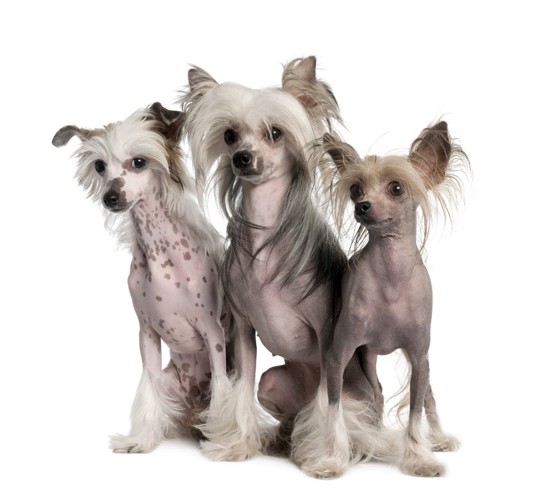
This small and active breed is compatible with children and other pets, fitting well into diverse Japanese home environments.
Coat Color
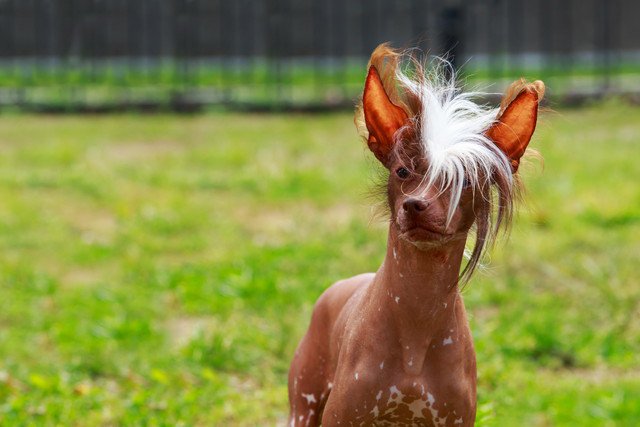
In Japan, special attention is paid to the meaning and beauty of a pet’s coat color when making a choice. The Powder Puff type of Chinese Crested Dog is known for its variety of colors, with a preference often shown for white, light cream, and grey. These colors symbolize purity and tranquility in Japanese culture, beautifully representing the harmonious coexistence with pets.
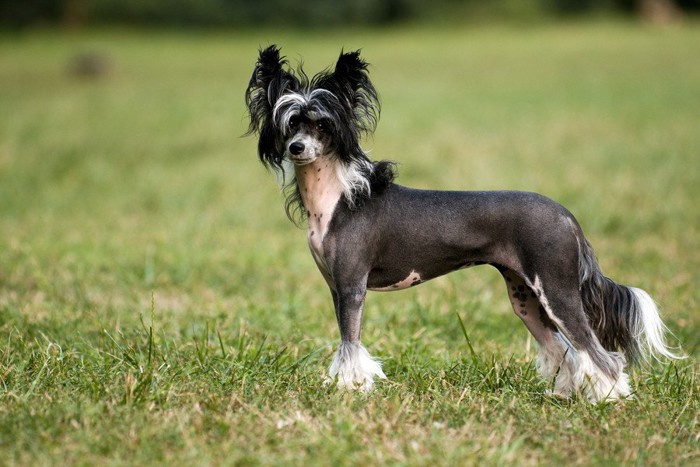
Japanese owners cherish the emotional connection and familial harmony these colors reflect, emphasizing the significance of selecting a coat color that resonates with their cultural values and aesthetics.
Coat Type
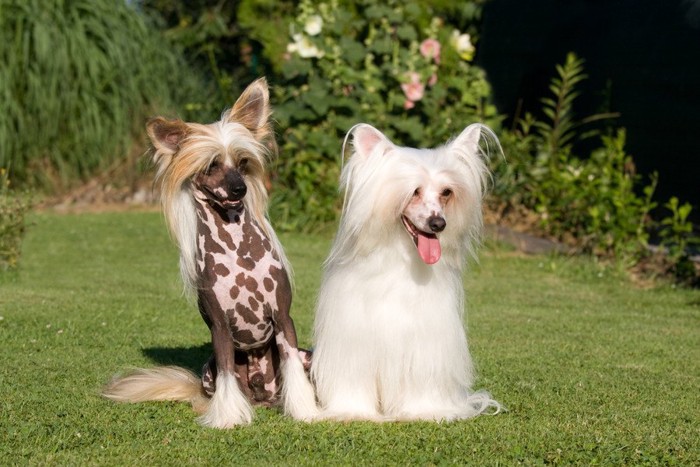
In Japan, there is a tendency to choose pets that are friendly to people with allergies. The Chinese Crested Dog is a prime example of this, as it comes in two varieties. The Hairless type is almost completely hairless, with only silky tufts of hair on the extremities such as the paws, head, and tail, making it suitable for those with allergies.

Meanwhile, the Powder Puff type is covered in fine, silk-like hair, and its beautiful coat is also popular among Japanese pet enthusiasts.
Size

In Japan, where compact living spaces are common, small-sized pets are particularly preferred. The Chinese Crested Dog, with its petite stature (approximately 11 to 13 inches), is very well-suited to the Japanese living environment. This breed is ideal for indoor living and is highly popular in Japanese households due to its ability to comfortably adapt to small spaces, such as urban apartments.
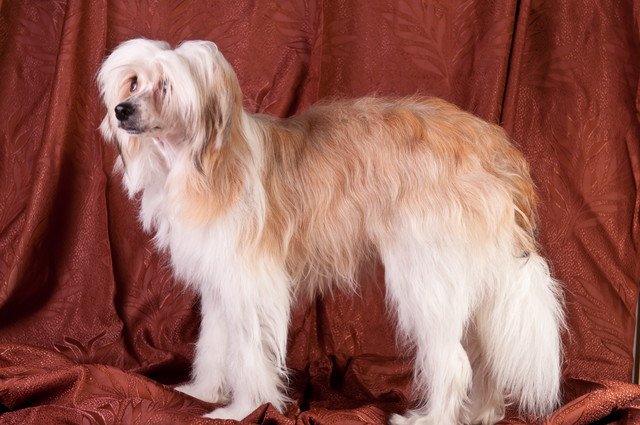
Their small size means they can live comfortably even in constrained spaces, making them an important consideration for pet owners in Japan.
Weight

In Japan, pet health management is regarded as a serious responsibility of the owner. The Chinese Crested Dog typically weighs about 11 to 26 pounds (5 to 12 kilograms), and maintaining this weight properly is essential for their health. In Japan, maintaining a proper weight for small breeds is especially crucial for the health of their joints and skeleton. Excessive weight can lead to decreased mobility and increased health risks, hence a balanced diet and moderate exercise are recommended.

This continuous health management is considered an expression of love and care for the dog by Japanese owners, emphasizing the importance they place on the well-being of their beloved pets.
Lifespan
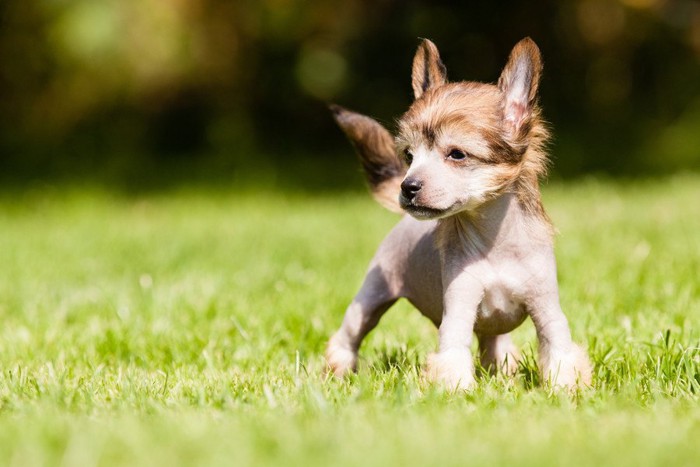
In Japan, a pet’s longevity is seen as a symbol of familial happiness, making the average lifespan of the Chinese Crested Dog, around 13 to 15 years, particularly significant for owners. Among this breed, the Powder Puff type is believed to be more robust and have a longer lifespan, a fact highly regarded by Japanese pet enthusiasts. Additionally, proactive measures to prevent common illnesses are an integral part of pet care in Japan.
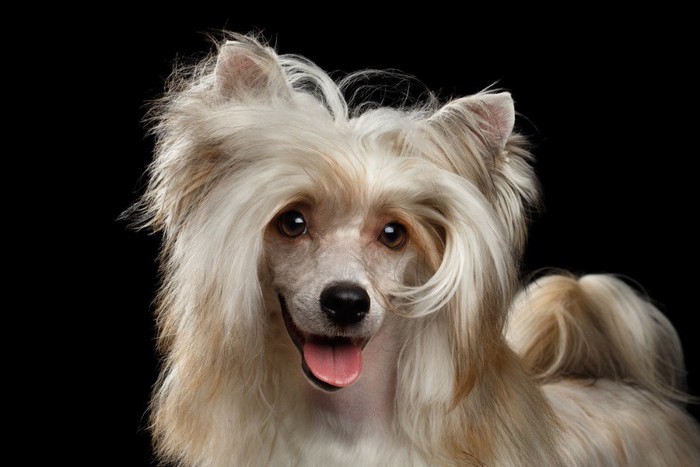
This approach is aimed at safeguarding the health of the beloved canine and achieving the longest possible lifespan, reflecting the deep bond and care Japanese families have for their pets.
Trainavility

In Japan’s pet-rearing culture, valuing an animal’s personality and nurturing it without stress is a key aspect. For dogs with an independent nature like the Chinese Crested Dog, a gentle approach is more suitable than strict training. In Japan, it is encouraged to avoid scolding pets harshly and instead create a fun and positive learning environment. Using play, toys, and treats to make training enjoyable is a way to stimulate the pet’s willingness to learn.

This approach symbolizes the affectionate and respectful pet upbringing typical in Japan, reflecting a deep understanding and care for the pet’s individual needs.
Exercise

In Japan, where pets are cherished as members of the family, it’s advised to avoid excessive exercise for breeds like the Chinese Crested Dog, which require minimal physical activity. In many Japanese households, a moderate 20-minute walk per day is the norm to maintain the health of their beloved dogs.

Especially for this cold-sensitive breed, gentle indoor activities are preferable during the chilly autumn and winter months, aligning with the Japanese approach of attentive and considerate pet care.
Feeding

In Japan, where the health and well-being of pets are highly valued, it’s important to feed small breeds like the Chinese Crested Dog, weighing about 11 pounds, not in excess but in appropriate amounts. Japanese pet owners pay close attention to choosing high-quality dog food that compensates with a rich content of proteins, vitamins, and minerals, ensuring a balanced diet.

This reflects the Japanese ethos of providing meticulously balanced and nutritious meals for their cherished pets.
Temperament

In Japan, where pets are deeply cherished as part of the family, the Chinese Crested Dog is considered an ideal companion due to its lively and gentle nature. This breed is sensitive and delicate, responding acutely to stern treatment from owners or intimidation by other dogs. Japanese owners understand these traits and approach their pets with deep affection and care. The breed’s love for play and rich expression of affection make them a source of joy in Japanese households.
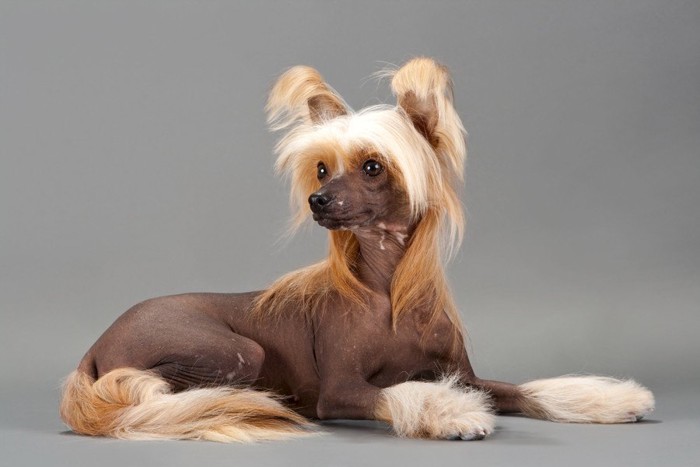
Cultivating sociability from a young age, through interactions with various people and dogs, is a crucial element of pet upbringing in Japan, reflecting the nurturing environment that Japanese families provide for their pets.
History

In Japan, owning a foreign-origin dog breed often sparks interest in its historical and cultural background. The Chinese Crested Dog, believed to originate from China, is named for its head hair resembling the traditional Chinese ‘Crested Hair’ hairstyle. Japanese owners show a keen interest in the diverse origins of this breed and prioritize a deeper cultural understanding. The breed, long thought to be of South American origin, is now intriguingly considered to be descendants of the ‘African Sand Dog,’ brought to China through trade in the 13th century.

This perspective highlights the Japanese owners’ curiosity and appreciation for the rich and varied history of their beloved pets.
Grooming
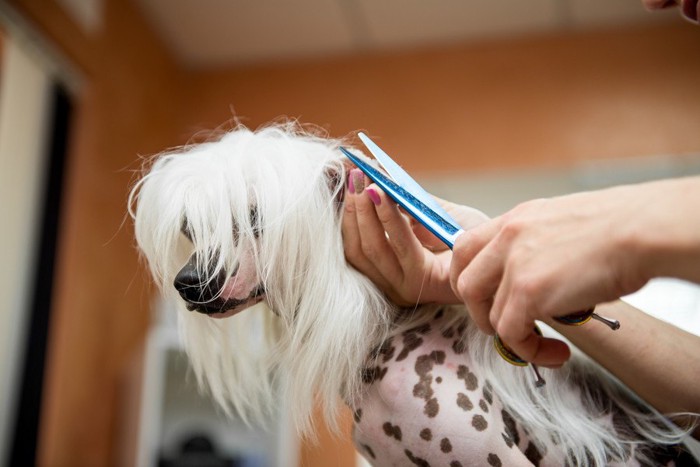
In Japan, a culture that prioritizes the beauty and health of pets prevails. For the Powder Puff variety of the Chinese Crested Dog, with its long and delicate fur, brushing two to three times a week is essential. This practice reflects the meticulous pet care approach in Japan, aimed at preventing tangles and maintaining a beautiful coat. Regular grooming sessions are also a vital routine for Japanese pet enthusiasts. For the Hairless variety, skin care, including the application of moisturizers and sunscreen, is advised to ensure their health.

This is part of Japan’s unique consideration for pet well-being. While weekly bathing is beneficial for maintaining skin cleanliness, it’s important to avoid over-washing to prevent dryness, aligning with the thoughtful approach to pet care in Japan.
Health

In Japan, there is a high level of awareness regarding pet health management, especially for breeds like the Chinese Crested Dog, which have unique health risks. These dogs are particularly sensitive to skin issues, requiring care against sunburn, dryness, and irritation. Japanese owners pay close attention to genetic predispositions to dental and eye diseases, emphasizing the importance of regular health checks.
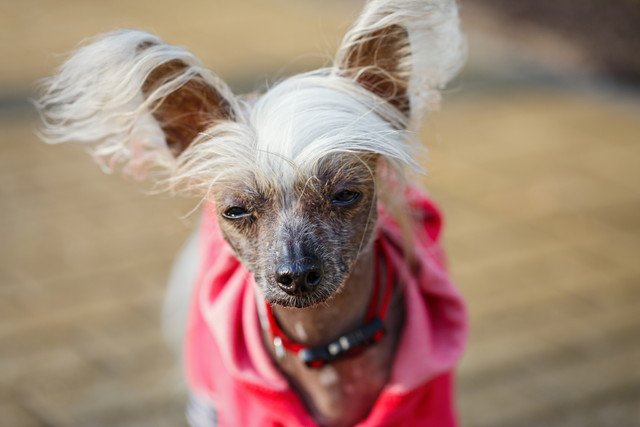
Following appropriate breeding practices and veterinary advice is crucial in preventing these health problems. Japanese owners view maintaining their pet’s health through vigilant care and regular veterinary visits as an important responsibility, ensuring the well-being of their beloved dogs over the long term.

